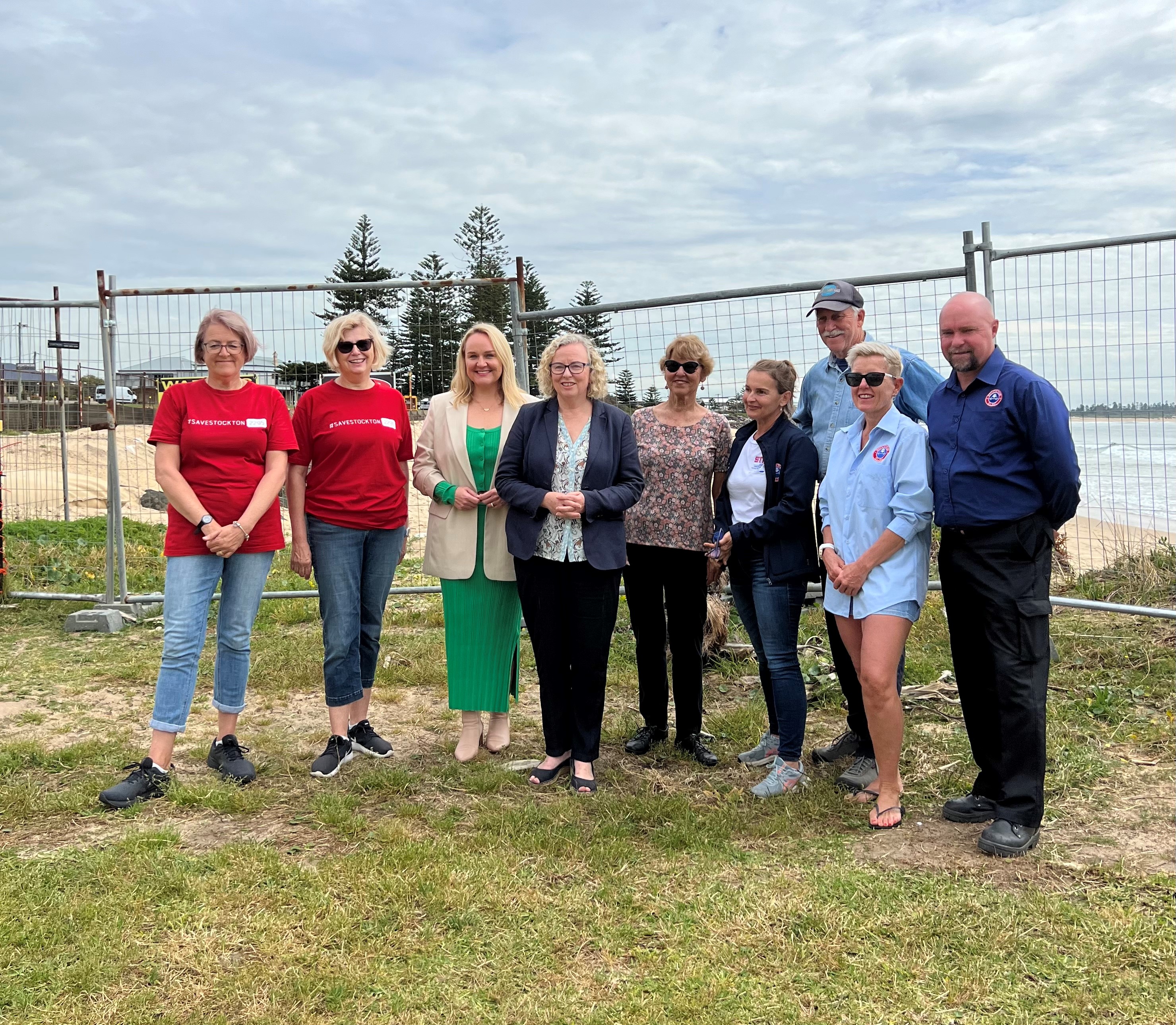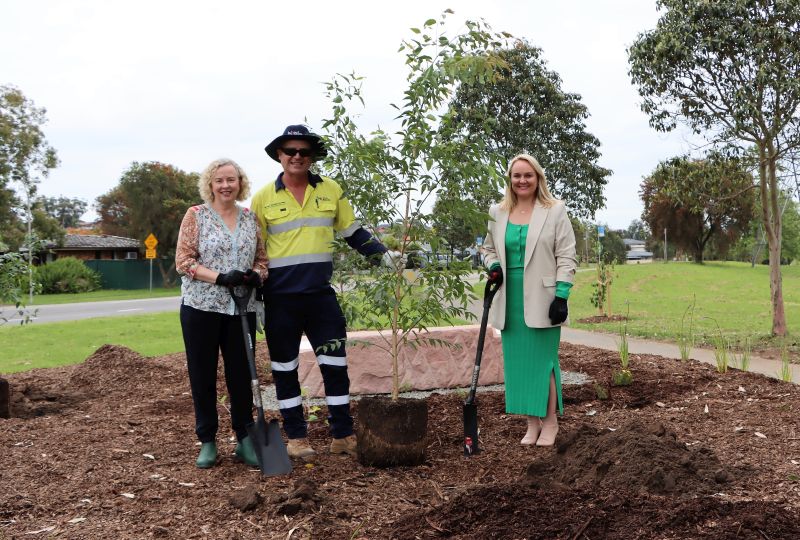The NSW Government’s bill to criminalise coercive control in intimate partner relationships has passed the Lower House today with support across the Chamber.
Attorney General Mark Speakman said the NSW Government’s landmark Crimes Legislation Amendment (Coercive Control) Bill 2022 creates a stand-alone offence of coercive control, which will carry a maximum sentence of seven years in jail.
“Coercive control is a form of domestic abuse that involves patterns of behaviour that have the cumulative effect of denying victim-survivors their autonomy and independence,” Mr Speakman said.
“It is a proven precursor to domestic violence deaths. Our community has grieved with the families of too many domestic violence homicide victims.
“This bill is about supporting victim-survivors held hostage in their own homes and in their own lives by domestic terrorism,” Mr Speakman said.
“It is the product of many years of research, careful consideration and unprecedented consultation in the past two and a half years, including at least seven stages of development such as a discussion paper, a parliamentary inquiry, public exposure draft bill and roundtables.
“This bill is our bond, our commitment to taking action against this insidious evil that is coercive and controlling behaviour.
“In my second reading speech I called on all members of Parliament to stand with the NSW Government on tackling this insidious crime. I thank members of the Legislative Assembly for their support and for engaging with this reform in such a constructive, positive manner.
“The Legislative Assembly has sent a clear message – this reform is important, this reform is urgent and now is the time to act.
“To address feedback from some in the domestic and family violence sector, amendments have been added with unanimous support in the House to put beyond doubt that the implementation taskforce will include NSW Police Force, the chair of the Domestic and Family Violence and Sexual Assault Council and a member from the sector with substantial expertise and experience in domestic and family violence service delivery.
“The NSW Government is also pleased to facilitate a further round of consultation on these reforms – the fourth consultation round on the provisions of the bill – to assist the Legislative Council to consider this important reform in November 2022. The Standing Committee on Social Issues will report on the provisions of the bill on 31 October 2022.”
Minister for Women’s Safety and the Prevention of Domestic and Sexual Violence Natalie Ward, who chaired the Joint Select Committee on Coercive Control, said the NSW Government’s extensive consultation has helped make sure the offence captures only conduct of the very serious standard that deserves criminal sanction and avoids overreach.
“This bill reflects a careful, cautious and measured approached to criminalising coercive control,” Mrs Ward said.
“We thank the many individuals, community members and stakeholders who have been on this journey with the NSW Government to better recognise coercive control and bring to justice those who perpetuate this horrendous, manipulative crime.”


